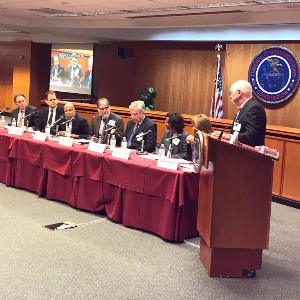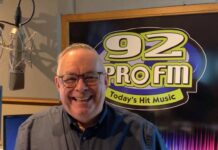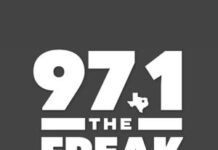
(By Adam R Jacobson) The Media Bureau of the FCC, which formulates rule modifications and changes that impact radio stations across the U.S., wants to know just how AMs and FMs are being impacted by the flow of dollars to local digital media.
It got plenty of insight from a “highly esteemed panel representing all of the radio food groups” who let it be known that digital platforms ranging from Pandora to Google and Facebook are eating away at radio’s ad dollars – and are challenged in competing in the online realm.
Moderating the 90-minute session: Jacobs Media owner Fred Jacobs, who promised to compress much of what was said Wednesday at Radio Ink Forecast 2020 in New York, where several of the panelists were a day before the DC event.
How to monetize a radio station’s digital platforms was asked of Karen Slade, VP/GM of KJLH-FM 102.3 in Los Angeles, the Urban station owned by Stevie Wonder. At the standalone FM, “the problem was that we jumped in first,” she admits, before her team could look at a profitization model. Today, KJLH’s digital assets are making a profit. But, they are not profitable.
Why? “Because of all of the incremental expenses involved, including SoundExchange royalty payments,” Slade said.
Digital encroachment on radio’s ad dollars has greatly impacted Beasley Media Group. CEO Caroline Beasley shared that revenue in the company’s markets has declined 30% in the last 10 years. She repeated this fact for effect.
“We cannot sit there and just see that pie shrinking,” she said. “It is going to digital, and if we want to stay in business, we have to diversity our revenue streams.”
Alfred Liggins, CEO of Urban One, and iHeartMedia President of Integrated Revenue Strategy Hartley Adkins, were singled out by Beasley for having done a great job of doing that.
She then turned to KJLH’s Slade, commending her for her efforts under great adversity.
“Dollars are going out of the radio industry into digital, and our costs are going up because we are forced to deliver our content across multiple platforms,” she said. “What can we do to offset that?”
Scale is a buzzword. But, Caroline Beasley added, “That may not increase revenue because radio revenue is declining.” What this does allow is the spread of a company’s advertising costs.
Consolidation was touched on, and it is the Beasley leader’s belief that this helps business growth. How so? “You have less people running three Country stations and you can provide more specific, niche-like formats to our audience,” Beasley said.
If that leads to staff reductions, which has been a focus in the radio trades of late, is it a good thing?
BIA Advisory Services SVP Dr. Mark Fratrik commented, “Sometimes we forget that while we may reduce the number of staff members, we are strengthening the economic situation of underperforming stations that are really on the precipice of falling down. When we talk about acquisitions, they actually strengthen the industry by providing a lifeline to the struggling station.”
Radio Ink Publisher Eric Rhoads was also a panelist. He shared a tale of how one year ago yesterday, the chairman of the largest advertising agency in the world was told to shift 80% of all revenue to digital. Most of those dollars, he said, were going to Google or Facebook.
“He said that unless you’re going to respond in the digital market, you’re not going to get any of our money,” Rhoads said. “The problem is that Google and Facebook are offering great tools as a local advertiser. We get a 4-to-1 return on every dollar, and we can track that dollar to the day and find out if that is working. Radio cannot provide that trackability and that is where business has gone, and that’s what we’re up against – led by digital natives who are making all of the decisions at the agencies.”
For more coverage of today’s Media Bureau Symposium in Washington, DC, be sure to visit Streamline Publishing’s Radio + Television Business Report at RBR.com.






